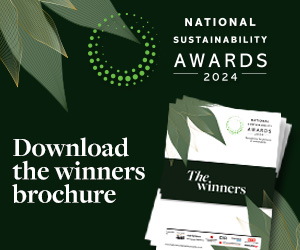Rolls-Royce, the industrial technology company best known for its line of luxury cars, has partnered with Widerøe, Scandinavia’s largest regional airline, in a joint research programme with the aim of developing zero-emissions aviation. Widerøe is seeking to lead the aviation market into zero-emissions territory, following recent successes and increased infrastructure in the electric car industry. The airline hopes to replace its 30+ plane fleet with zero-emission planes by 2030. This means development will need to rapidly increase pace. The initial phase of the partnership is already underway, as the two companies engage in operational studies and concept proofing.
The Norwegian Government is supporting the research project over the next two years through Innovation Norway, a governmental innovation support fund. Norway’s Government has set similar goals for the rest of the country, aiming to reach emission-free domestic aviation by 2040.
Aviation has long been considered one of the largest contributors to greenhouse gas emissions. Friends of the Earth has called air travel “the world’s fastest growing source of greenhouse gases like carbon dioxide”, generating nearly as much CO2 annually as all human activities in Africa. Air traffic continues to grow, as the number of people travelling by air increases along with rates of air shipping of goods and resources. Airports also are known to generate significant greenhouse gas emission levels, due to construction and continued operation. While petrol consumption in cars has decreased due to more efficient engines and new electric cars, consumption of jet fuel continues to grow, with few industry developments in the direction of zero-emissions technology.
The partnership aims to prove the viability of zero-emission air travel. Alan Newby, Director of Aerospace Technology and Future Programmes at Rolls-Royce has stated: “Now more than ever, we acknowledge that society’s greatest technological challenge is the need for lower carbon power and we have a crucial role to play in creating cleaner, more sustainable and scalable power for the future. This includes the electrification of flight, in addition to increasing the fuel efficiency of our gas turbines and encouraging the development of sustainable aviation fuels.”
Latest News
-
Private health provider awards £10,000 to arthritis research team
-
Building Society hands out £1m to tackle inequality
-
Premier League and Comic Relief partnership aims to improve children’s mental health
-
Russell Hobbs launches food poverty campaign in schools
-
Tottenham Hotspur and charities launch film to tackle mental health stigma
-
Cardfactory funds homelessness charity’s team of psychologists
© 2019 Perspective Publishing Privacy & Cookies







Recent Stories